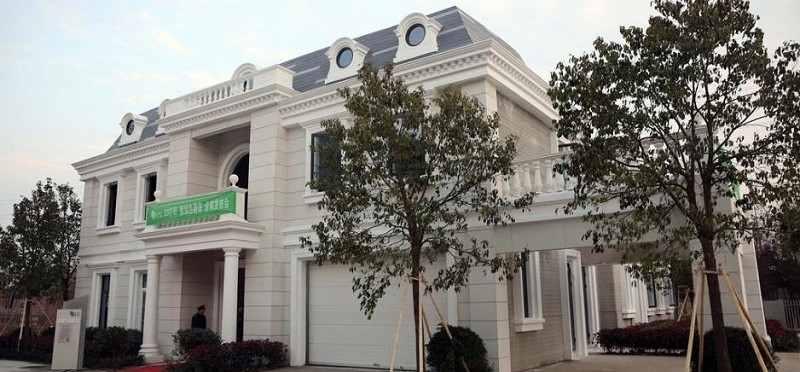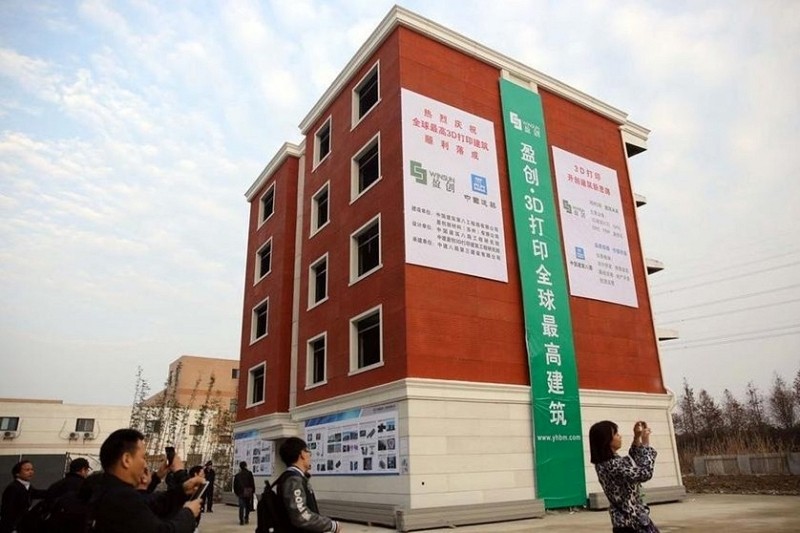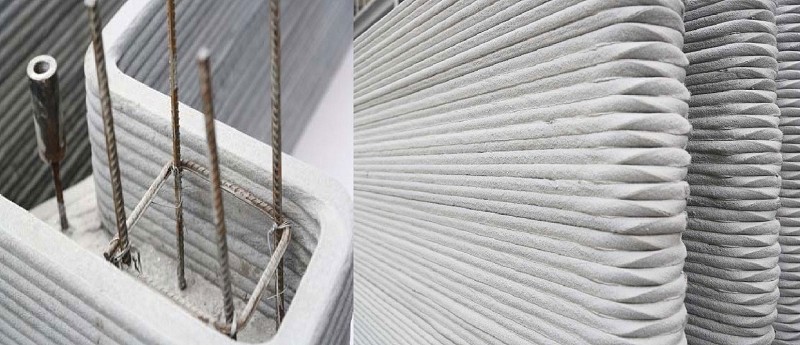
3D printing has evolved from basic trinkets and decorations to full-on automobiles and apparently now, mansions.
A Chinese construction company by the name of WinSun Decoration Design Engineering Co. recently completed work on a 11,840-square-foot dwelling as well as what appears to be a five story apartment tower, both of which were 3D printed from scratch.

It’s unclear exactly what percentage of the buildings was 3D printed. We do know that the wall structures were 3D printed using concrete to build layers. These layers were then put together on-site to complete the structure. Items such as windows, hand rails and so on look to have been built using traditional methods.
Neither facility has any occupants; instead, they were built as a proof of concept by WinSun. It’s unclear at this time if the company plans to build similar structures for clients and if so, how much they’d sell for.

WinSun is the same company that churned out 10 tiny 3D printed houses in just 24 hours a little less than a year ago. Each home was built for just $5,000, a fraction of what even a starter home would set you back today.
If 3D printed homes take off, the construction industry could be in serious trouble. Manual labor workers would likely still be needed to physically put the pieces together but many jobs could become extinct.
https://www.techspot.com/news/59451-11840-square-foot-mansion-3d-printed.html